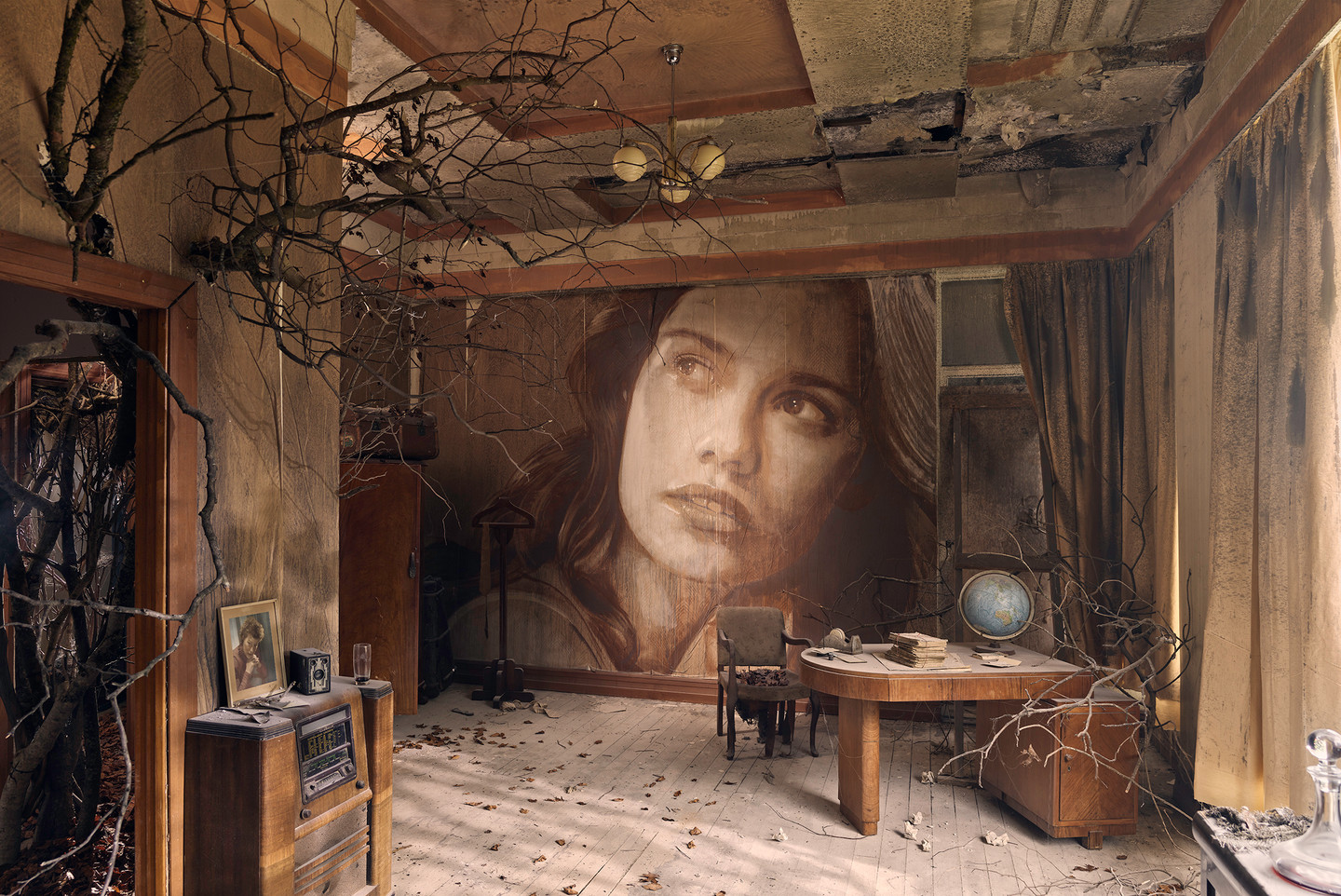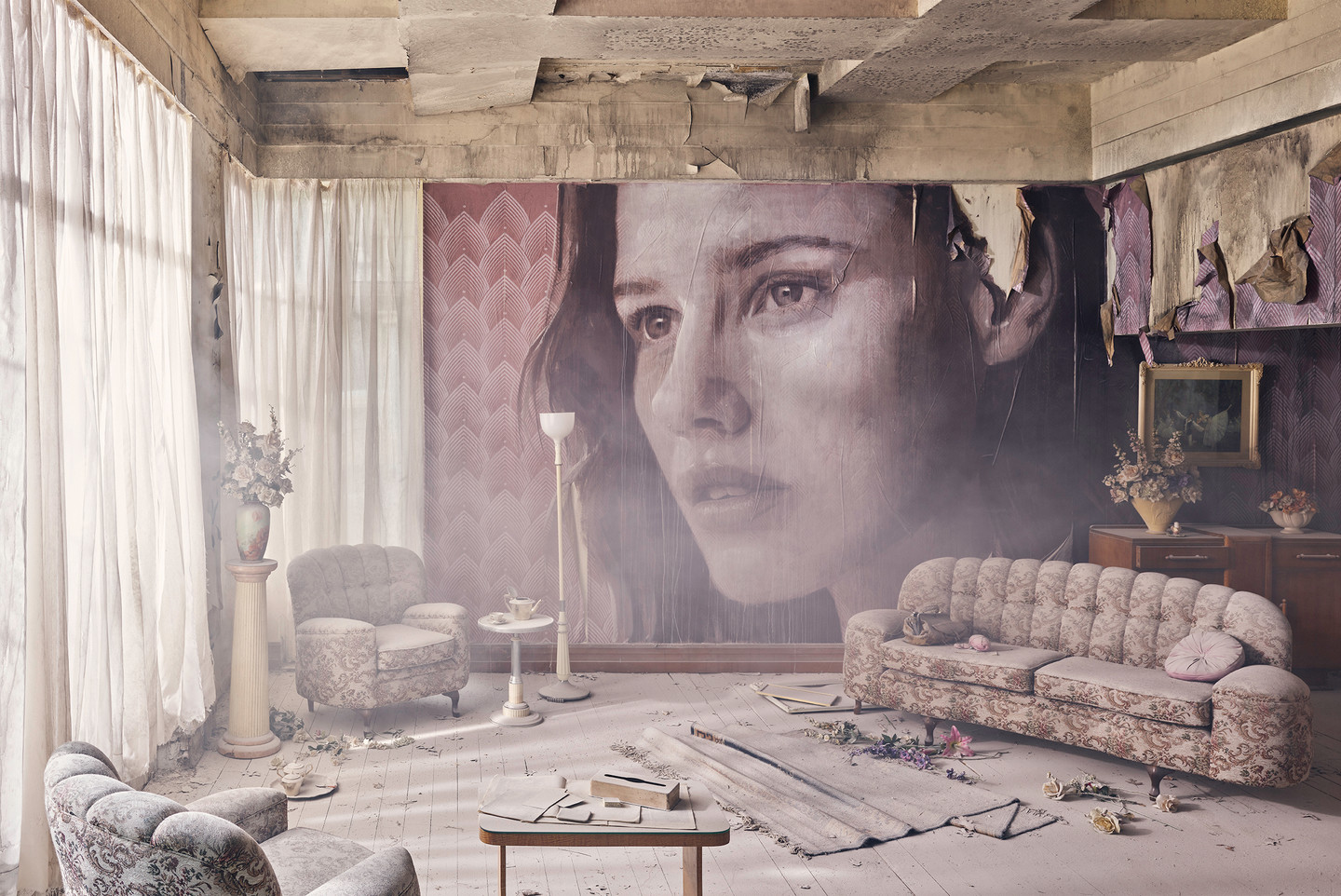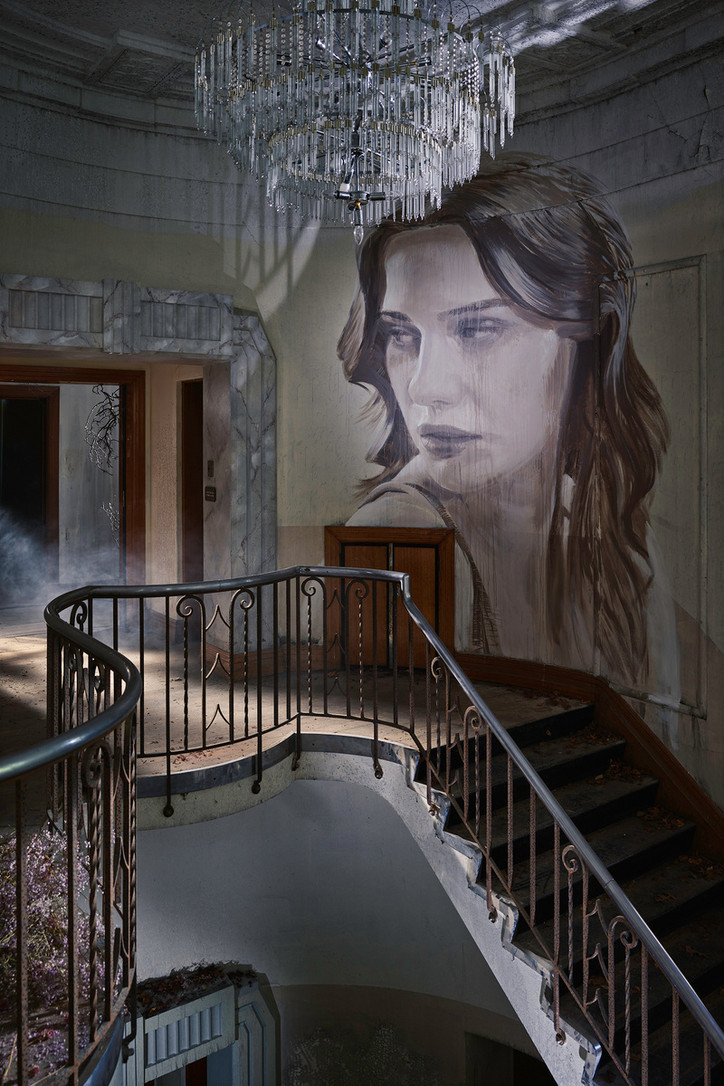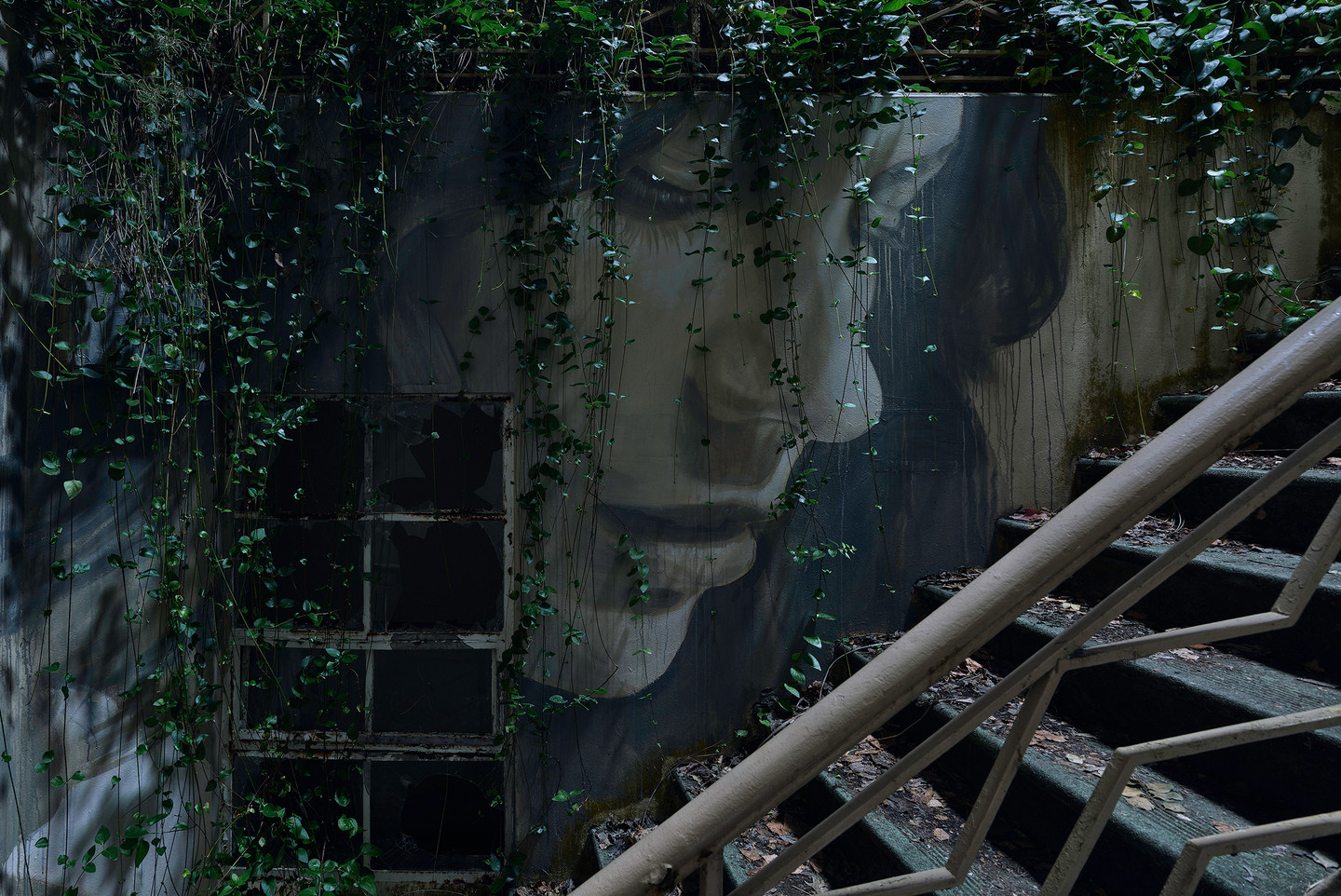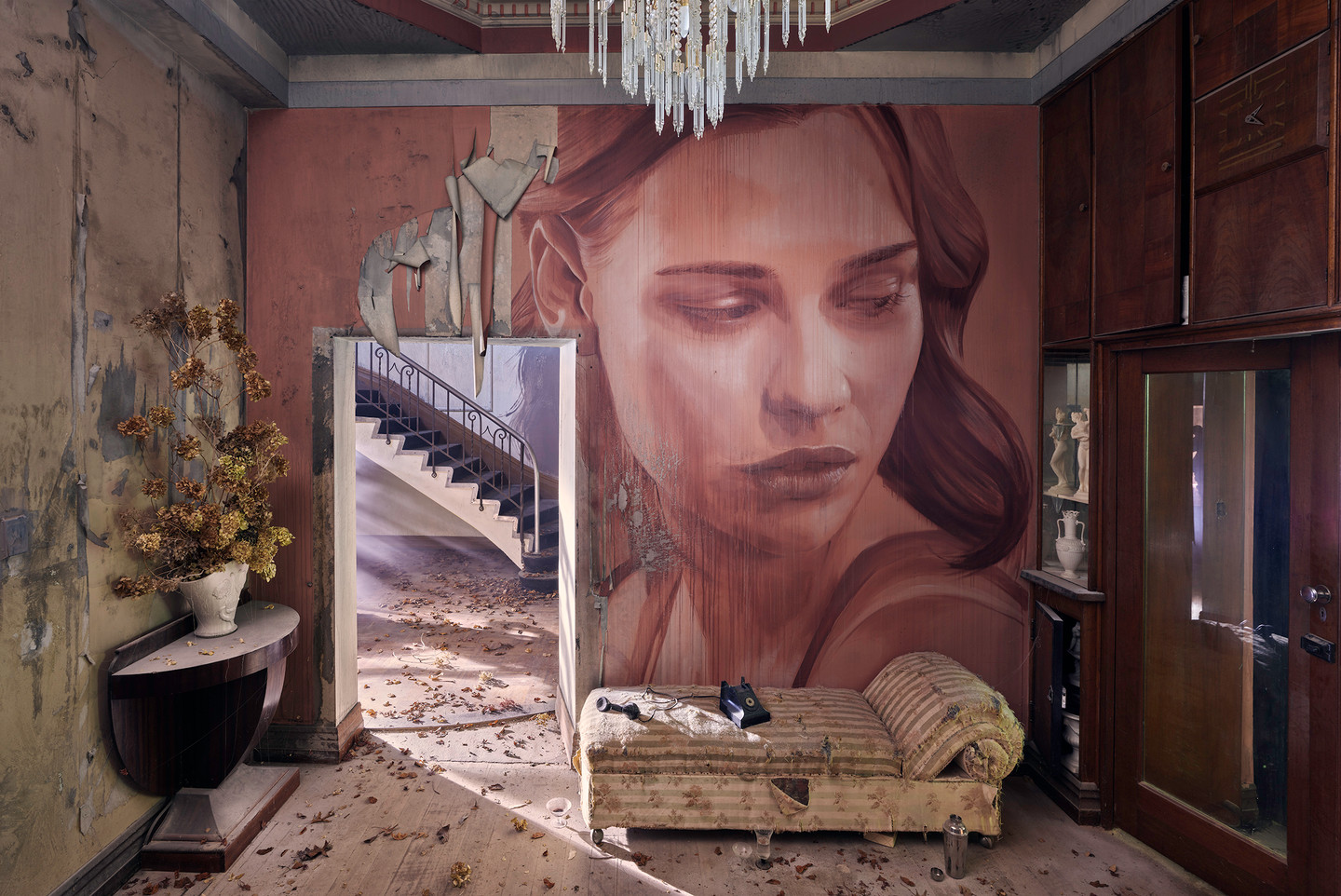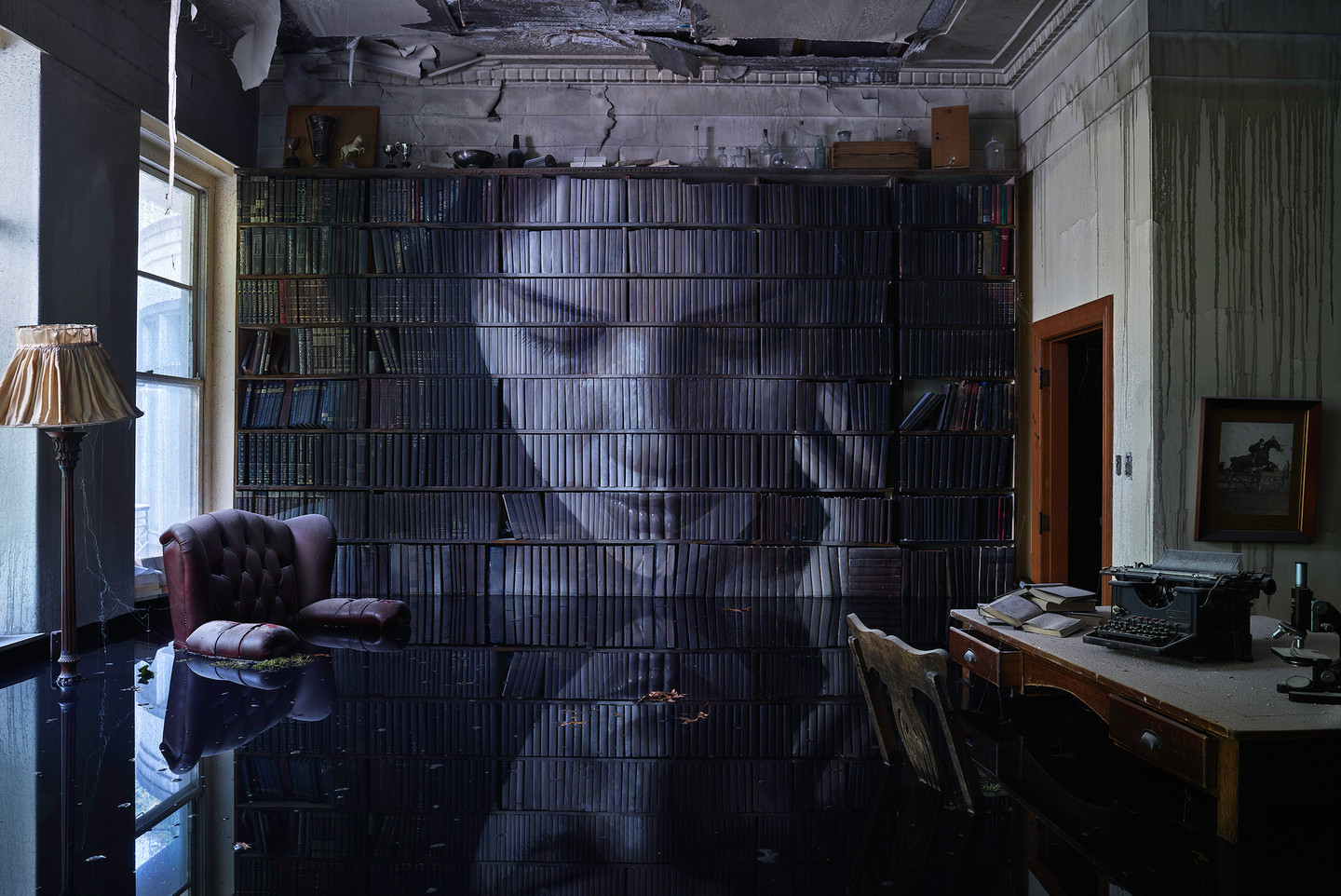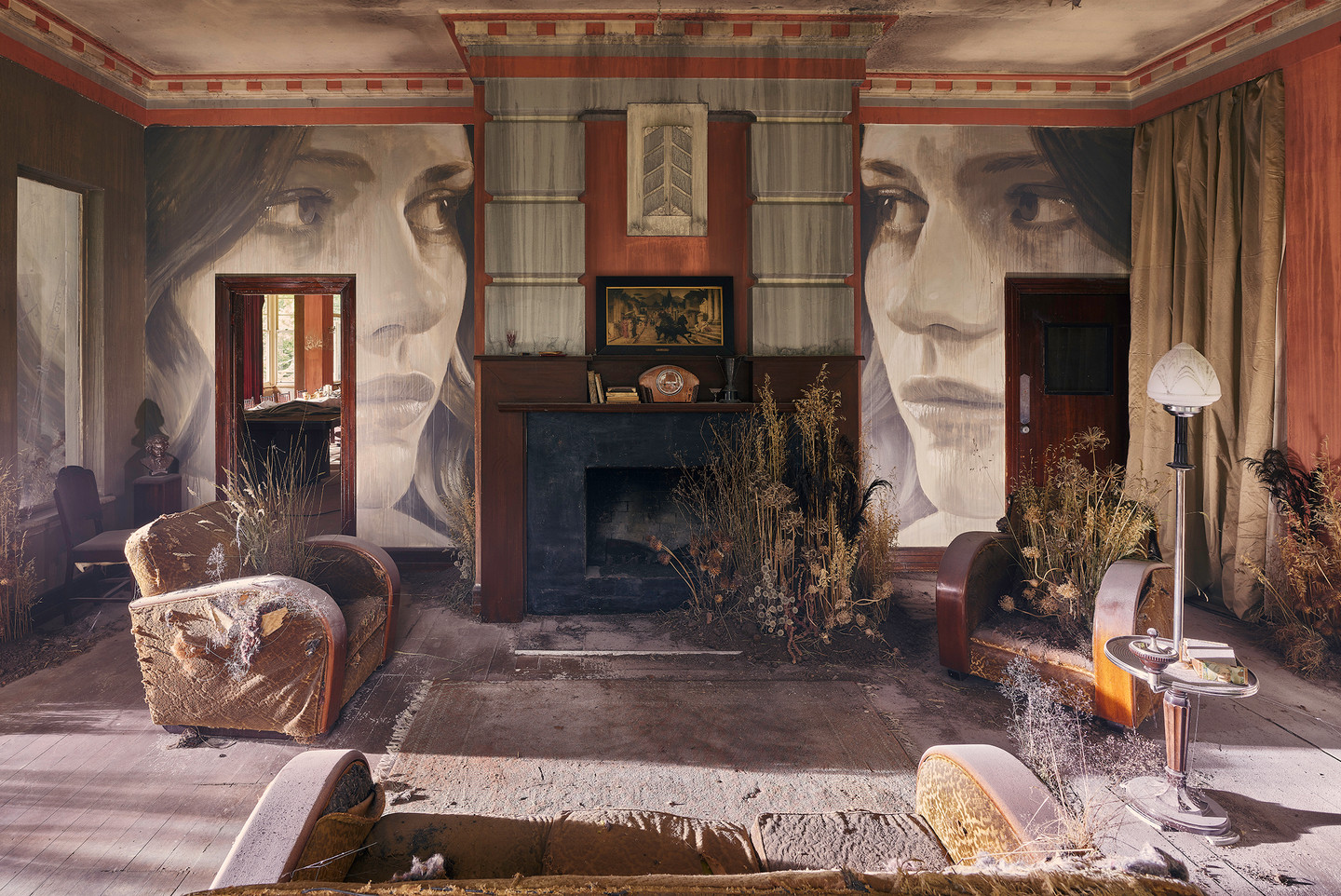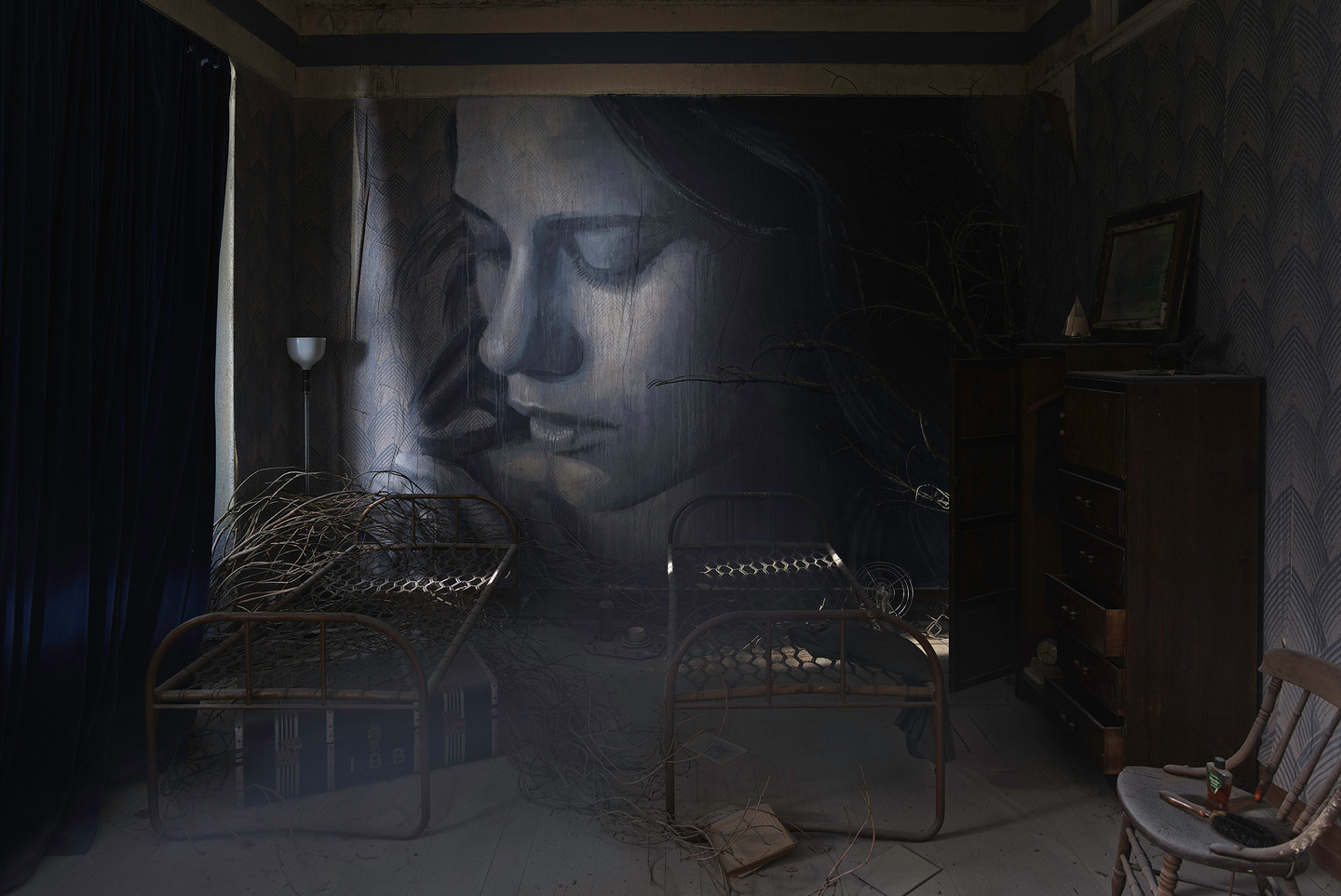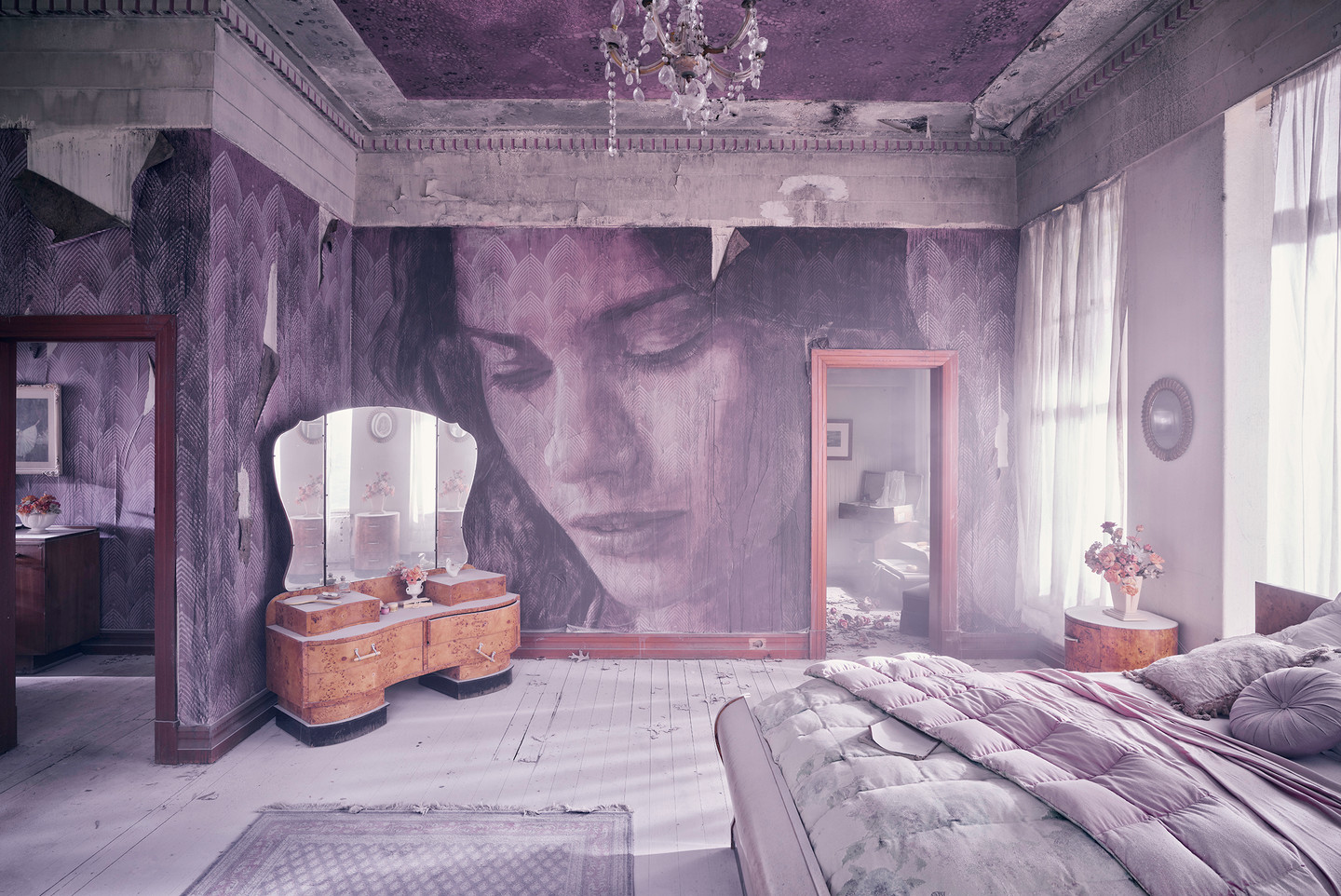Empire
/The Music Room
High in the Dandenong Ranges a sprawling art deco mansion lies empty, nature creeping through its crumbling walls. Questions hang heavy in the dense silence, each room strewn with the dusty remains of a fallen dynasty and echoes of romance past. Here not much is certain, except that any signs of life have long since departed. Through a cracked window, you spy the ghost of a smile on the lips of a woman, or do you? You are drawn inside, into a once-magnificent hall. You are now entering Empire.
A multi–sensory installation spread throughout the deserted Burnham Beeches residence 40 kilometres east of Melbourne. Curated over 12 months amid the changing seasons, Rone’s most immersive installation to date sees his hauntingly powerful portraits augmented by sound, light, scent, interior and botanical design elements, in addition to VR and AR technology.
